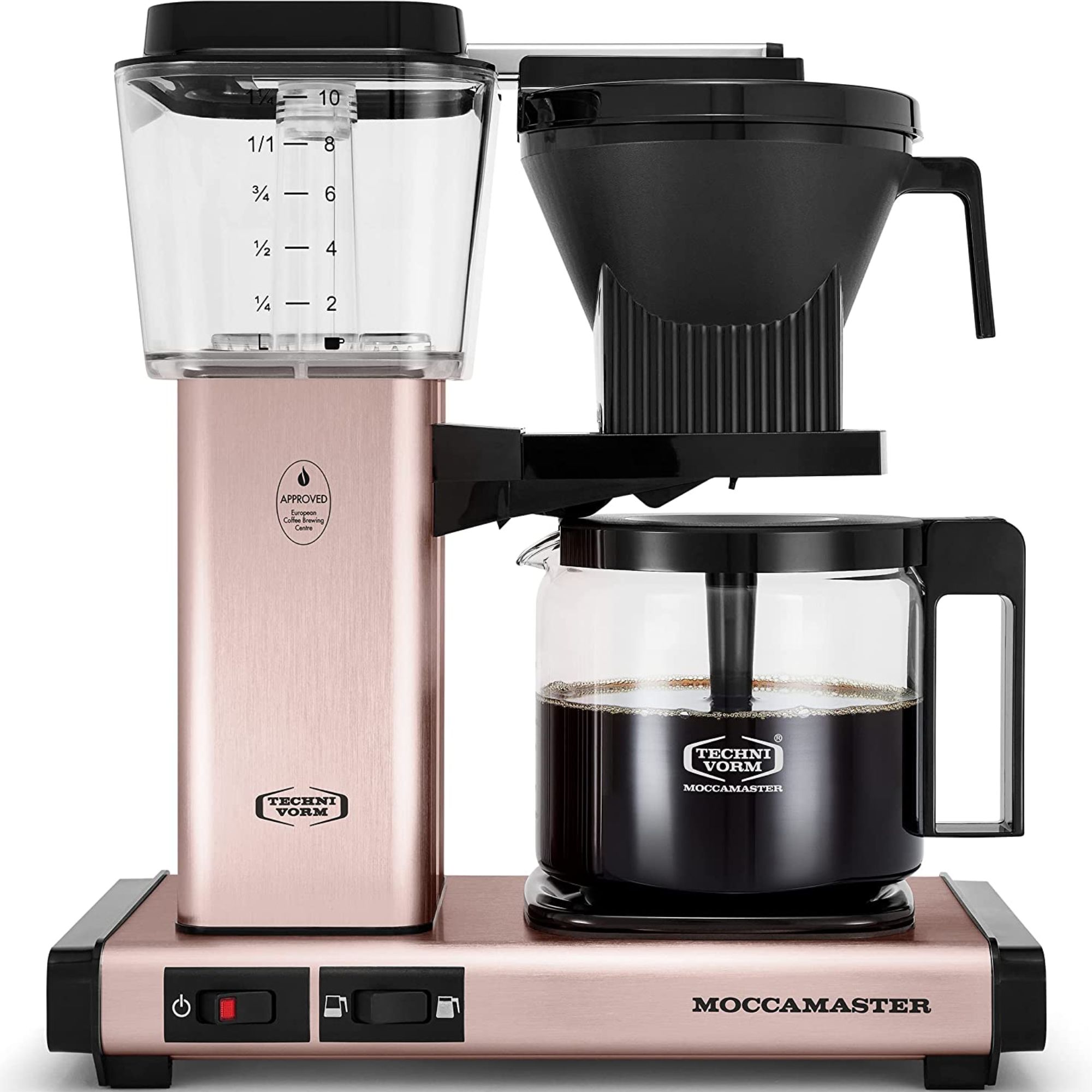Espresso vs drip coffee – which is best, according to the experts?
Experts settle the espresso vs drip coffee debate
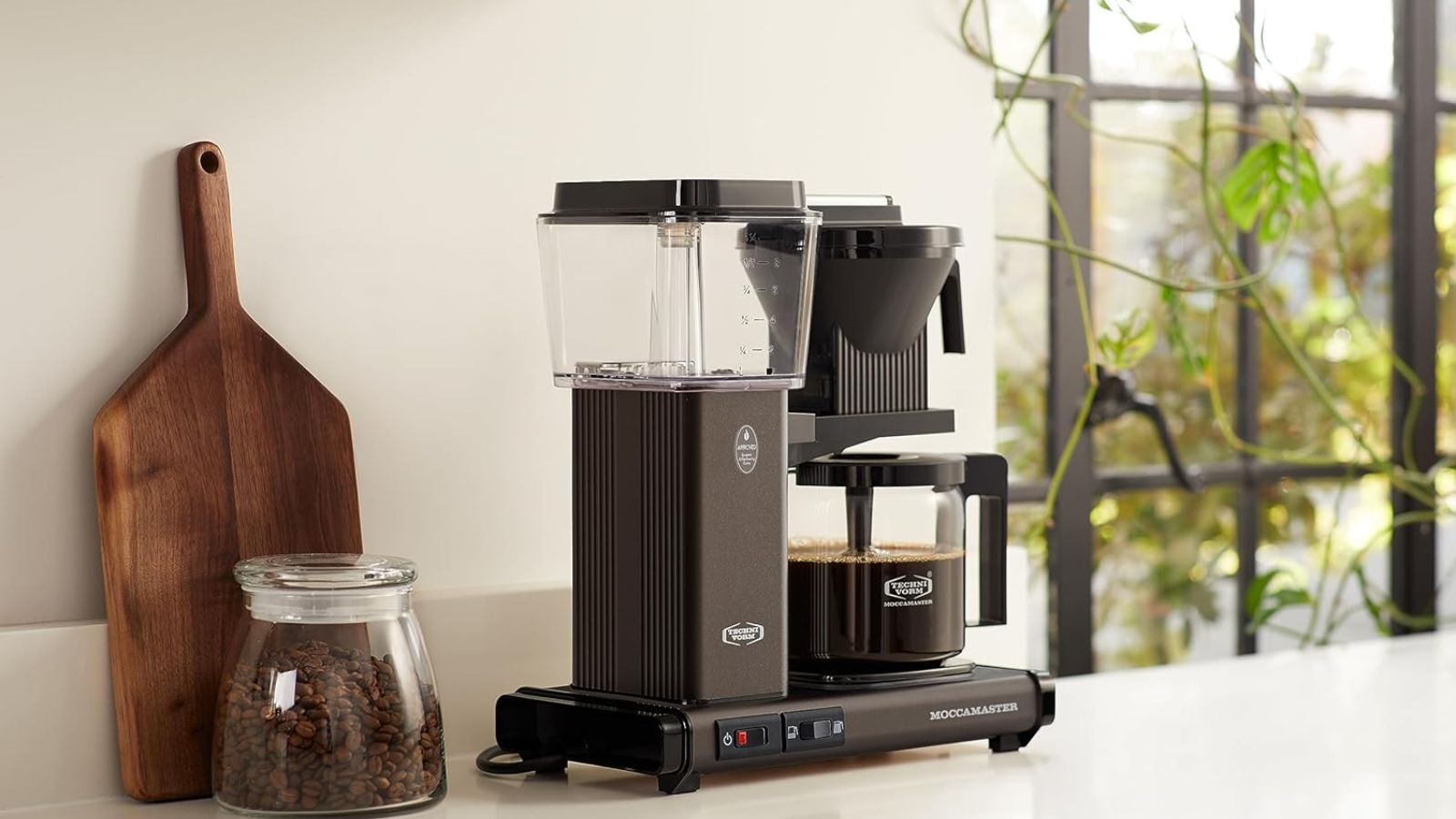

When it comes to making coffee, you might be surprised by just how much is on offer. There's seemingly endless ways of making such a simple drink, but there's two that dominate every café, diner, and coffee bar. But when it comes to espresso vs drip coffee, which is better?
Both types of coffee are immensely popular for opposite reasons. Brewing with the best drip coffee makers will remind you of home. These carafes of low-maintenance coffee can be sipped at all day. The flavors and colors are light and delicate. It's one of life's simple pleasures.
Espressos, on the other hand, are the coffees which you need to wake you up in the morning. They're extracted under high pressure and temperature, so they're six to ten times more concentrated than filter coffee. If you need quick caffeination to put an instant spring in your step, you'll be looking for one of the best espresso machines on the market.
As a former barista, and now a dedicated coffee writer, I spend my life talking about the different types of coffee makers and coffee brewing methods. I've worked my way back through years of experience with both styles and asked some of my barista colleagues to weigh in and help you decide which way to brew is best for you.
What's the difference between espresso machine and drip coffee?
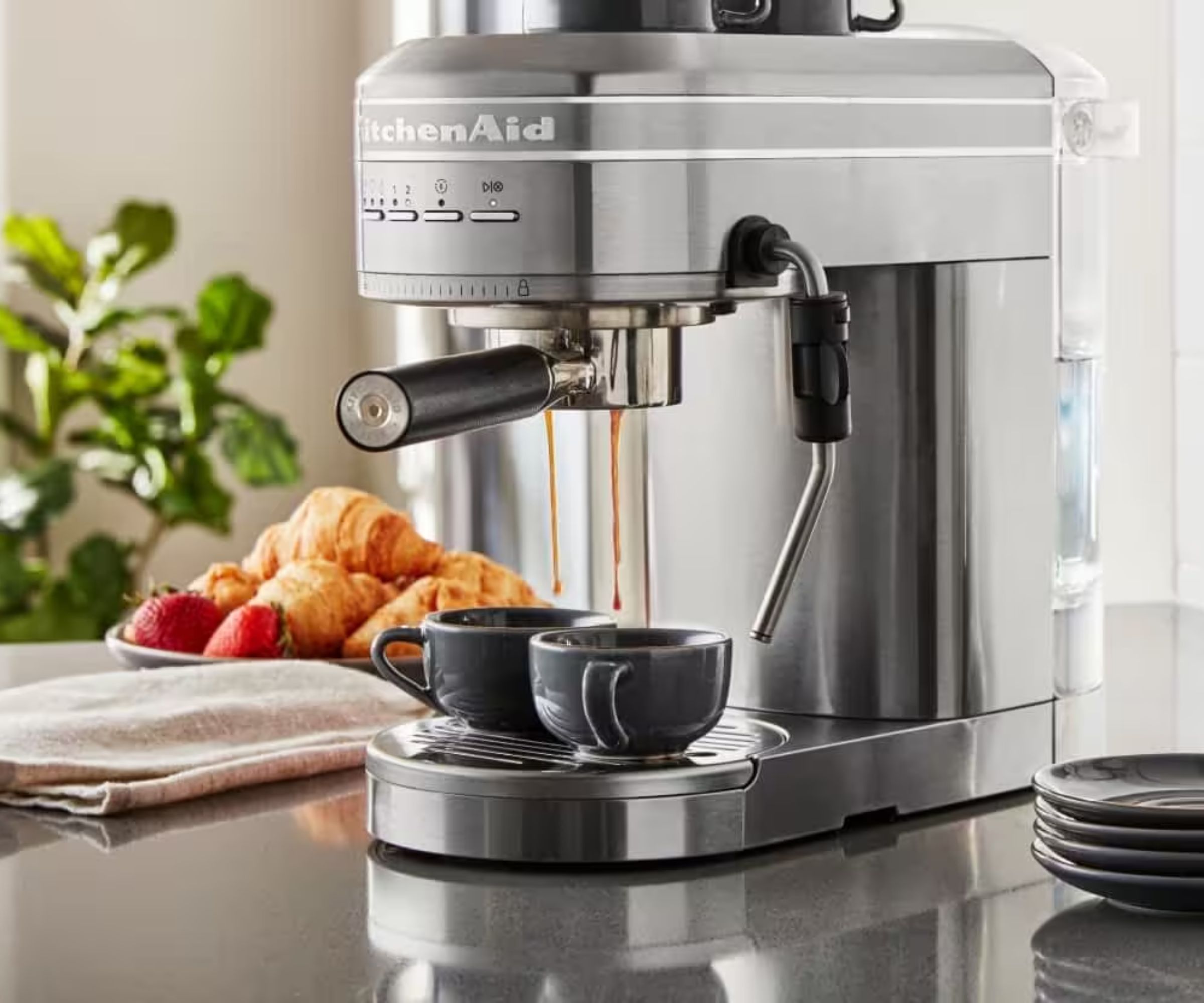
Ask any expert the question 'which should I choose, espresso or drip coffee?' and you'll get the same answer. It's like choosing between oranges and apples. They're completely different. Tim Lee, a coffee machine specialist, says 'I recommend drip coffee to people who want their coffee with no fuss. It's straightforward and reliable, but if you love strong coffee and enjoy trying different flavors and textures, try espresso'.
The differences in flavors largely come down to the two different brewing styles. Espresso's intense extraction uses intense pressure and temperatures to create a rich, concentrated cup of coffee. Espresso machines are more expensive than drip coffee makers, because they put a lot of stress on your coffee grounds, generating a fair amount of noise and heat. This guarantees that will get you every last drop of delicious coffee oils from your beans.
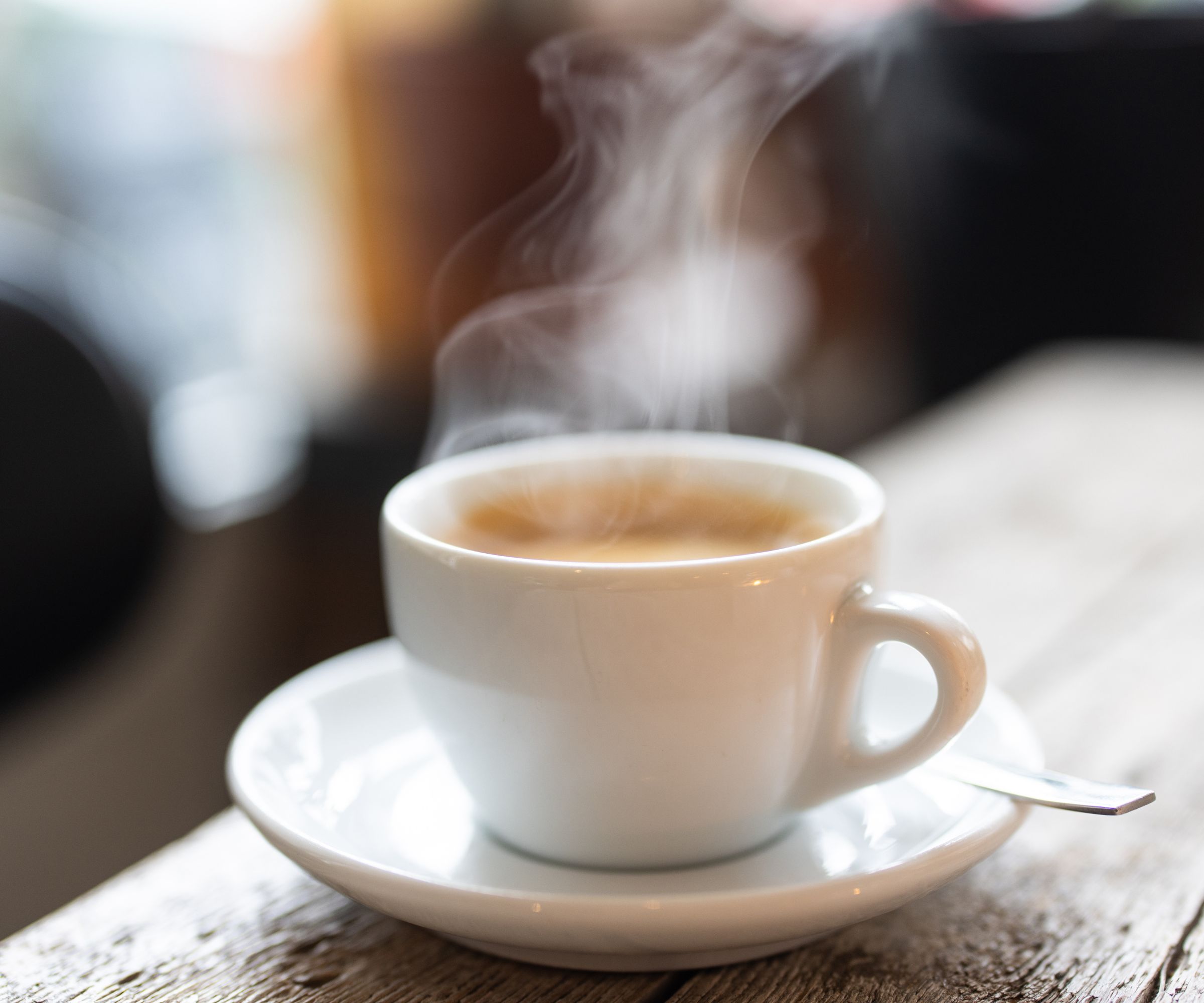
Brewing drip coffee is much gentler. You run, or, as the namesake suggests, drip, hot water over coffee grounds. It slowly filters through, lifting coffee oils from your grounds. You're less likely to get every flavor from your grounds, but this means that your cup of coffee is delicate and often more palatable than a shot of espresso. If it takes 20-30 seconds to make an espresso, you're looking at a few minutes for a cup of drip coffee. The slower process pays off if you like your coffee smoother and lighter. Those who drink more than one cup a day will definitely need a filter coffee maker.
Tim Lee says that many coffee drinkers have a mantra, which is 'have espresso at coffee shops and filter coffee at home'. There are lots of reasons that coffee enthusiasts live by that, one of them is the price. You'll be looking at spending between $500 and $1,000 on a decent espresso machine, whereas drip coffee makers tend to be $120-$250. The more expensive versions of each models might have grinders integrated, but there's a chance that you'll need to account for buying a coffee grinder as well as one of these appliances in both instances.
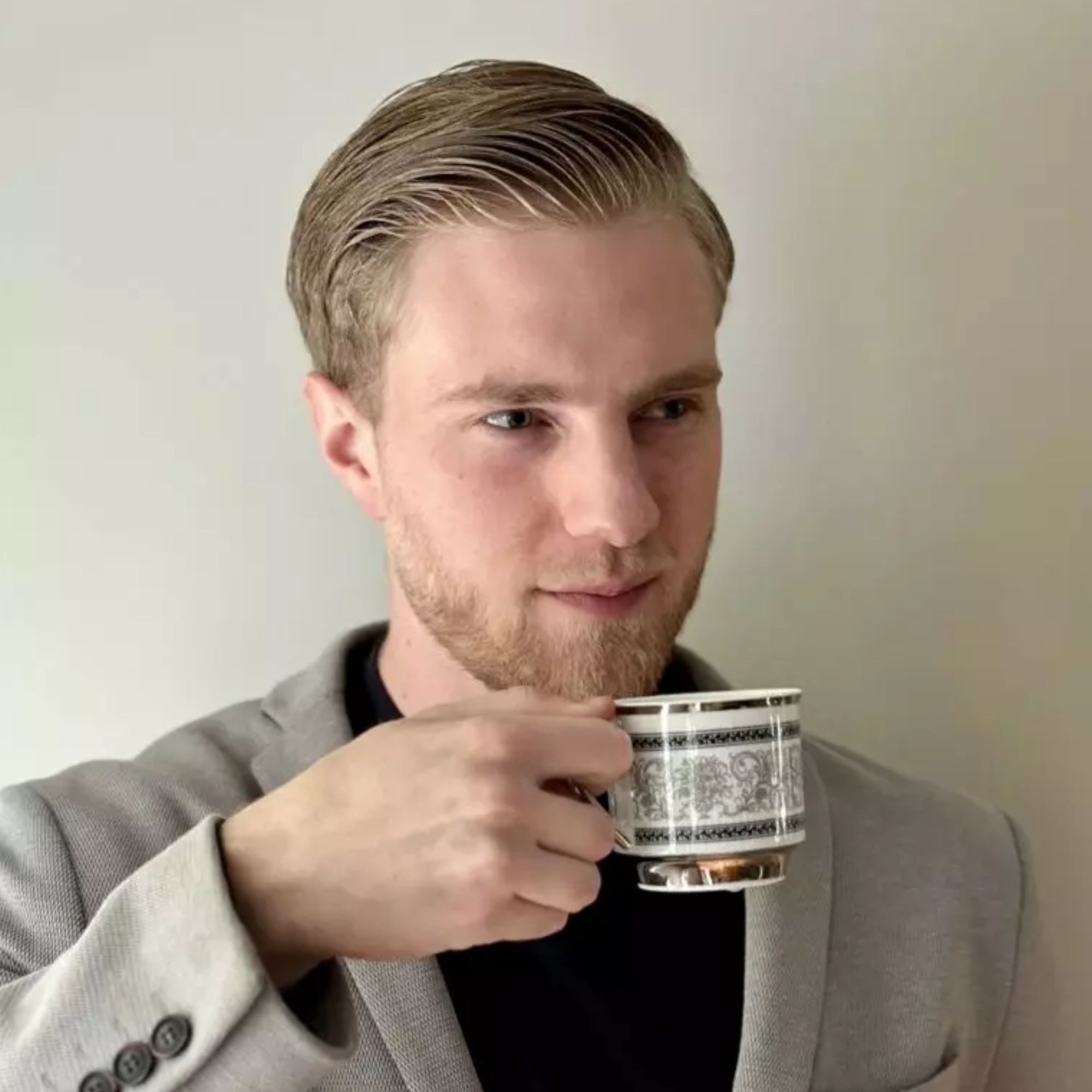
Tim's Coffee is a coffee machine specialist, who help professionals, coffee enthusiasts, coffee shops, and hotels choose the perfect coffee machine for their home. He's spent years researching and testing the best coffee maker on the market making sure to match the right brewer with the right user.
What is drip coffee?
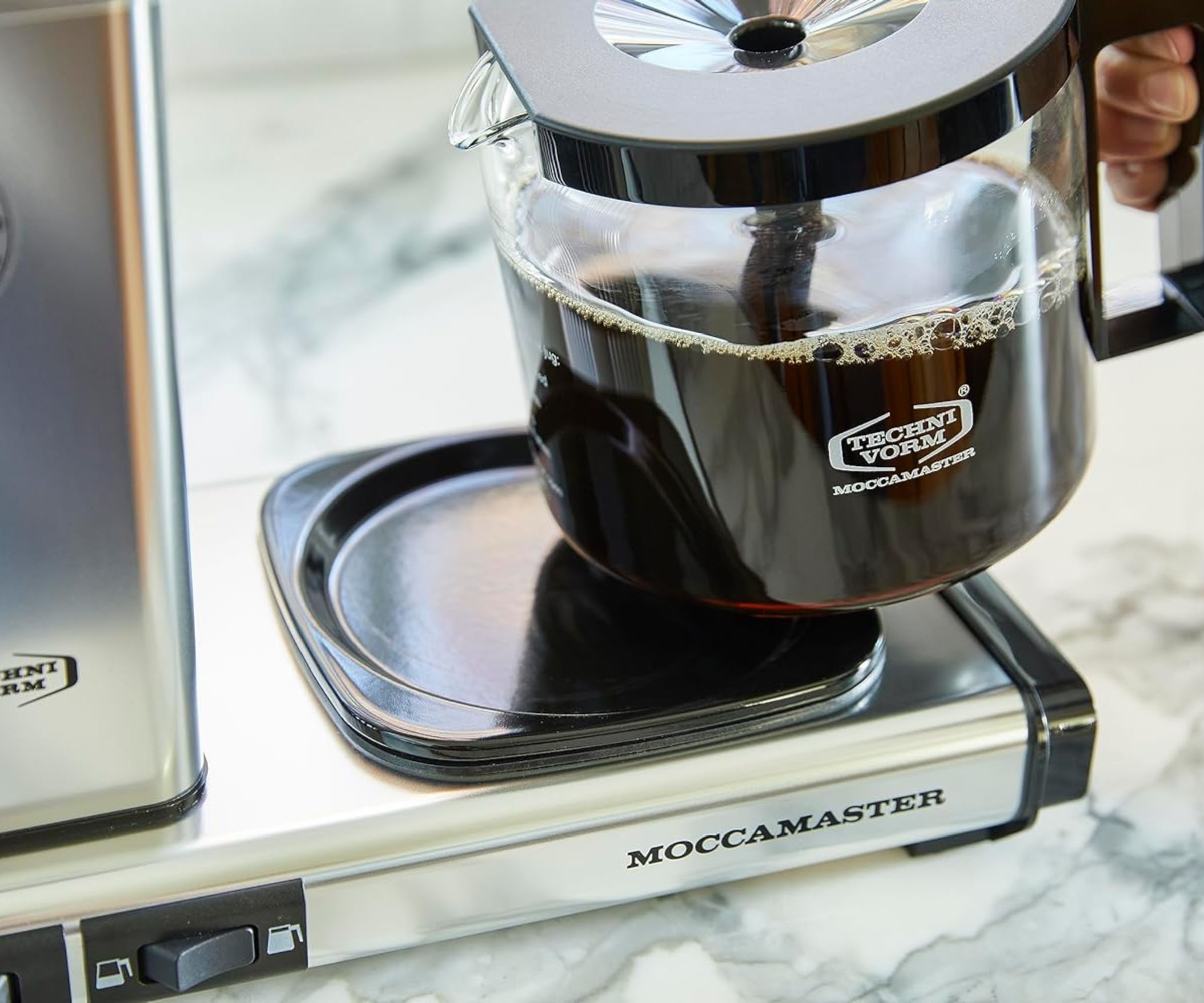
Drip coffee, also known as filter coffee, is prepared by running hot water over coffee grounds. There's a Gold Cup Standard way to brew it, which the Speciality Coffee Association says requires 11.5-13.5g of coffee per liter of water.
People generally opt for beans which have lighter roasts and a medium-coarse grind size. This is all about a) making sure your grounds don't sneak through the filter, into your cup and b) controlling how quickly your coffee drains through. If you use paper filter, you can opt for a medium-fine grind size because this will slow how quickly the coffee drains.
Some people use paper filters to make drip coffee, but most people have re-usable, stainless steel or mesh filters integrated into automatic machines. The beauty of filter coffee is that it is made for sipping. Coffee expert Kayla Stavridis says 'drip coffee is best suited to those who prefer a more straightforward, less time-consuming brewing method. It appeals to homes and spaces where the demand for coffee is high, but also to those who enjoy exploring different flavors and nuances of coffee. The brewing process can highlight the unique characteristics of various
beans'. In other words, filter coffee is a comfortable classic.
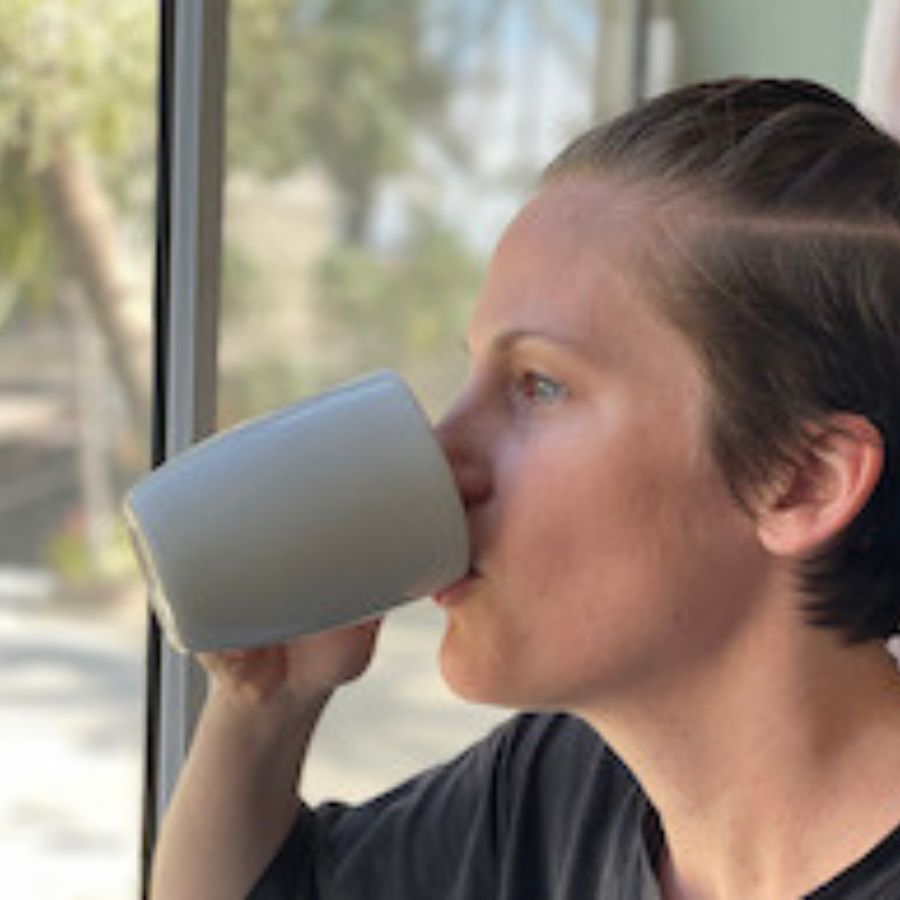
Kayla has a history rooted in her time as a barista at Starbucks. She's now the Head of Marketing at Barista HQ and spends all of her time (work and leisure) making coffee and experimenting with different coffee styles. In other words, she's the authority on all things coffee.
Most drip coffee makers have a hot plate which will keep your coffee warm, so you can come back for top-ups when you feel like you need one. However, I wouldn't advise leaving your coffee on there for more than an hour because the flavors will dull, stale, and either burn or sour. Both filter and espresso coffee are best enjoyed fresh.
I've tested plenty of the best drip coffee makers on the market and these are some of my favorites. They're a fraction of the price of espresso machines, even though they brew a little slower. The big plus is that these drip coffee makers are all automated, so you often don't have to do a thing to enjoy fresh filter coffee at home.
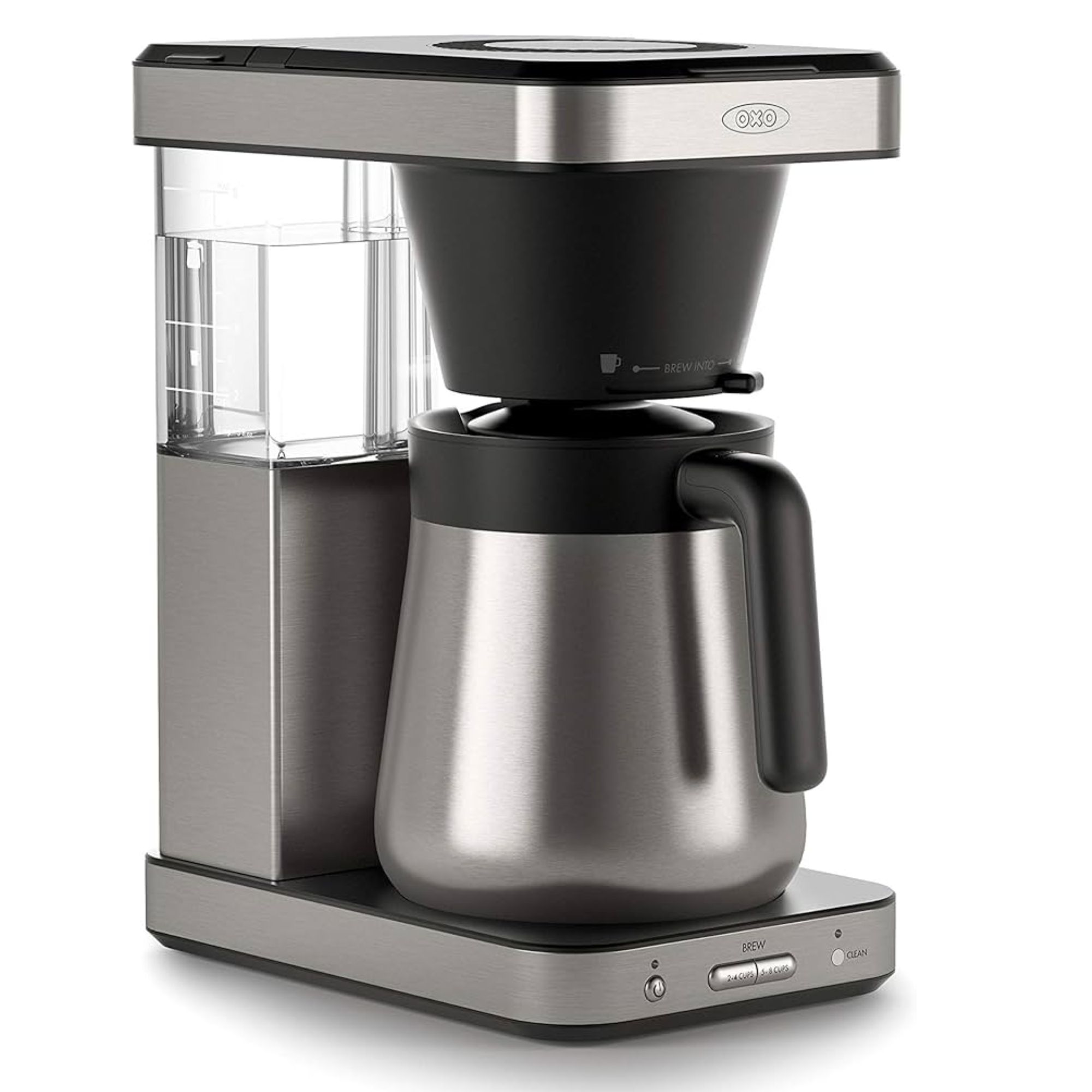
Much as we've tried to top it, this is the best drip coffee maker and has been since we tested it. The OXO can make everything from a single cup to a full carafe of light, expertly brewed coffee. It doesn't have a hotplate though.
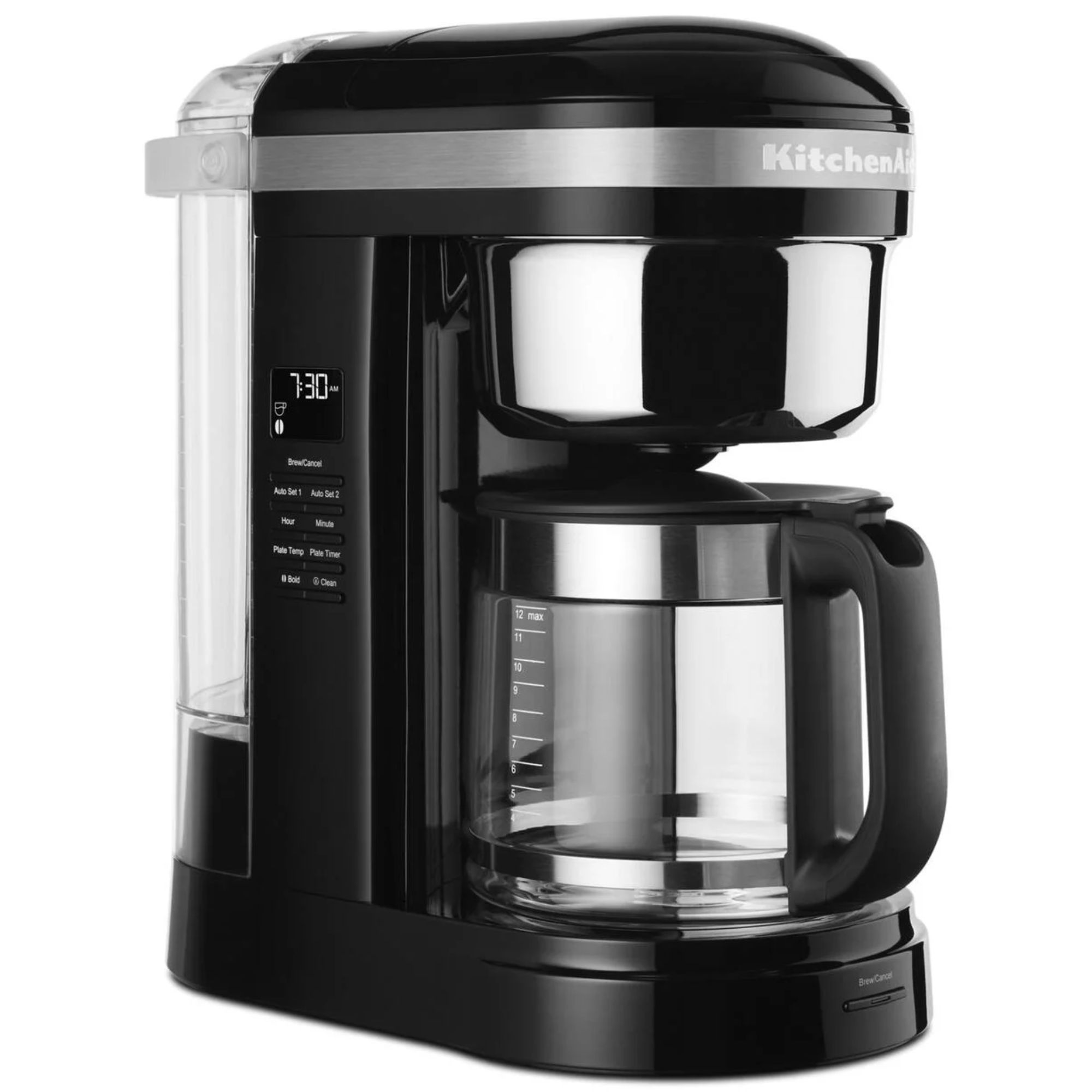
This is a personal favorite of mine. It's big and bold, available in a range of KitchenAid's classic colors. The best part about it is just how easy it is to make expert-quality coffee. Even as a coffee-snob, I loved this.
What is espresso coffee?
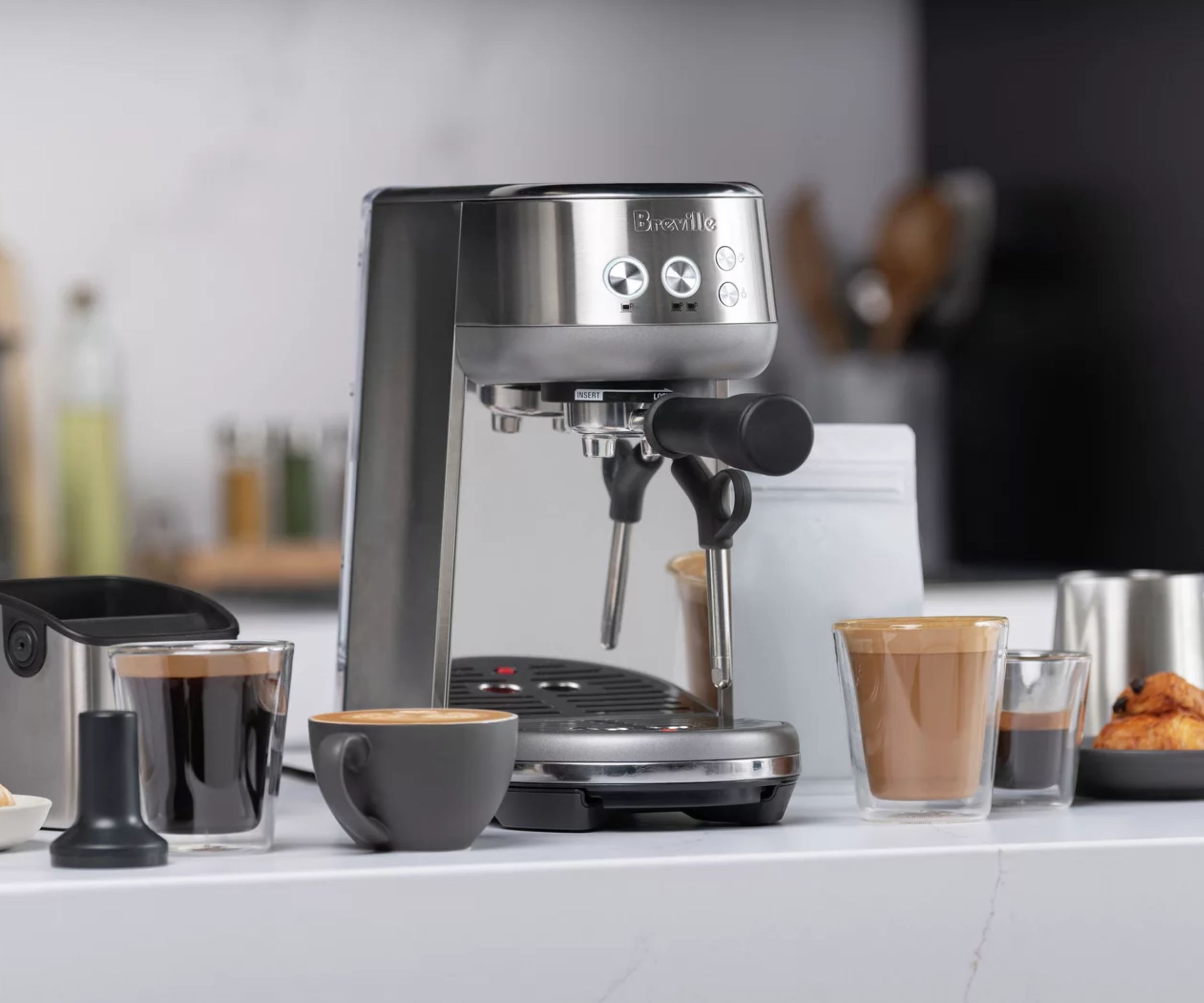
The name espresso is borrowed from Italian, where it means 'pressed out'. Whilst the translation doesn't sound quite as chic, it tells you all you need to know about the distinction between filter coffee and espresso shots: the latter are made using high pressures and temperatures, 'pressed out' rather than brewed in a pot.
Espresso is only officially made in espresso makers (although you can achieve a similar flavor profile if you own one of the best moka pots). The SCA's criteria for what makes an espresso which are:
- 0.85–1.2 ounce beverage per shot
- Prepared using 7-9 grams of coffee (14-18g for double shots)
- Uses clean water which is 195°–205°F
- Under pressure 9-10 atmospheres of pressures
- Made in 20-30 seconds
The SCA also says that 'while brewing, the flow of espresso will appear to have the viscosity of warm honey and the resulting beverage will exhibit a thick, dark golden crema'. It's all a very formal way of saying that espressos are thick, rich, and intense shots of coffee which are brewed to be consumed quickly.
If these quick, intense drinks of coffee sound like the ones for you, the best way you can brew them is in the best espresso machines, although most automatic machines will have an espresso function too. I've given you my three favorite espresso machines below, just in case you needed some inspiration to get started. If you want to drink them in the official way, you'll need one of the best espresso cups, too.
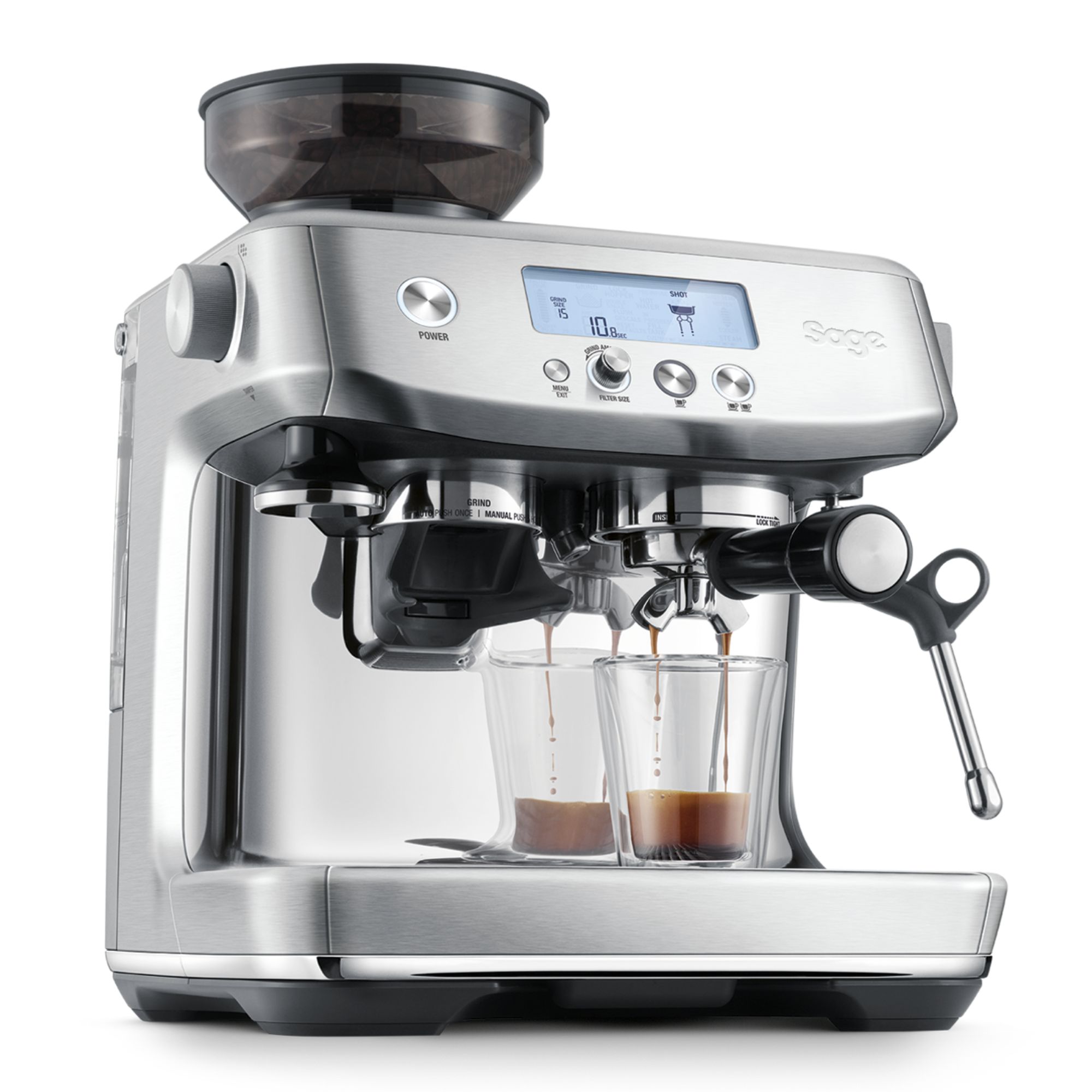
Without fail, every expert recommended this to me. I thought some other machines might get a look-in, but no. Whilst I love this, it's quite complex and expensive for a beginner.
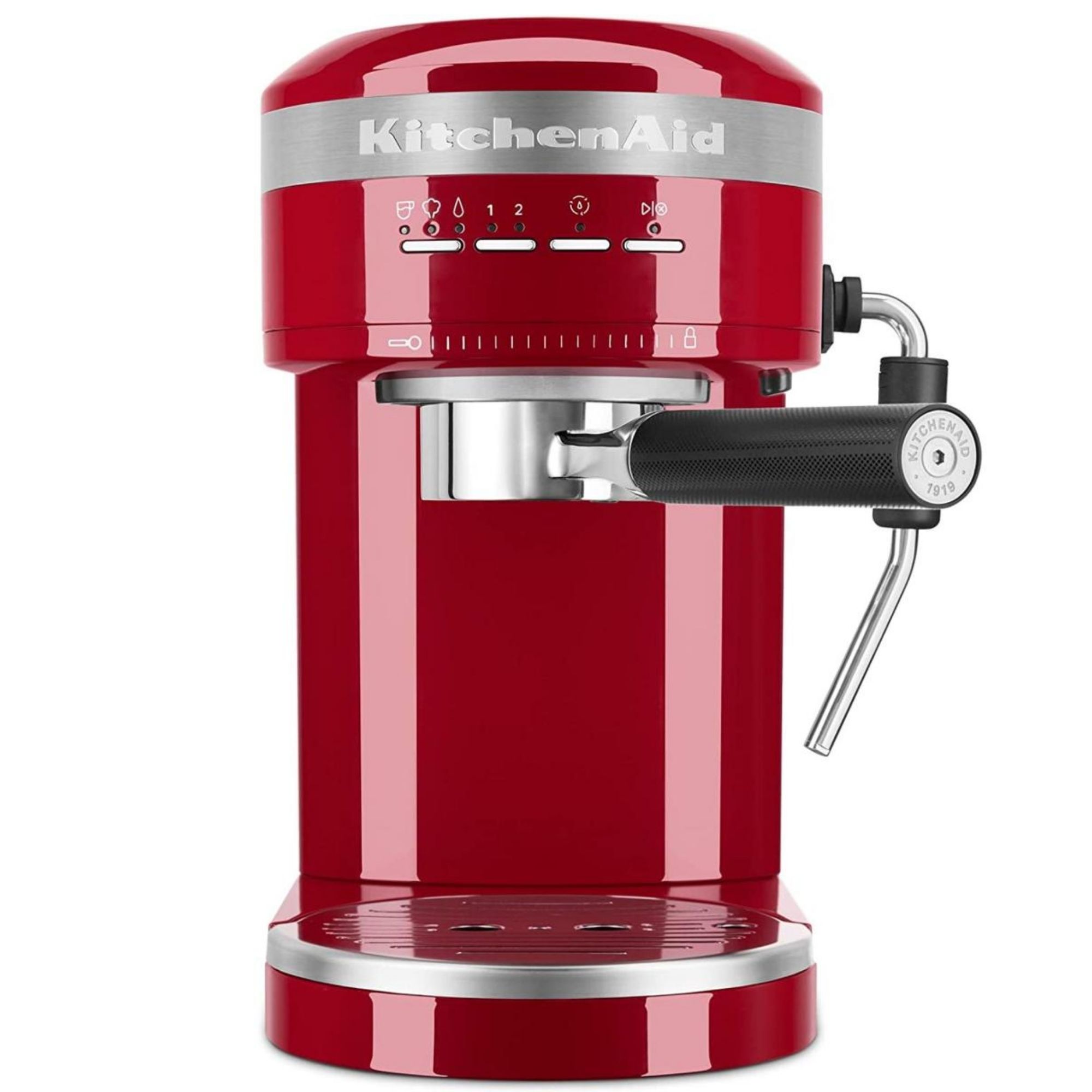
As a newbie to the espresso machine market, you can't do better than this. Not only is the KitchenAid compact and colorful, the simple controls are easy to use. You'll need to buy the KitchenAid grinder separately though.
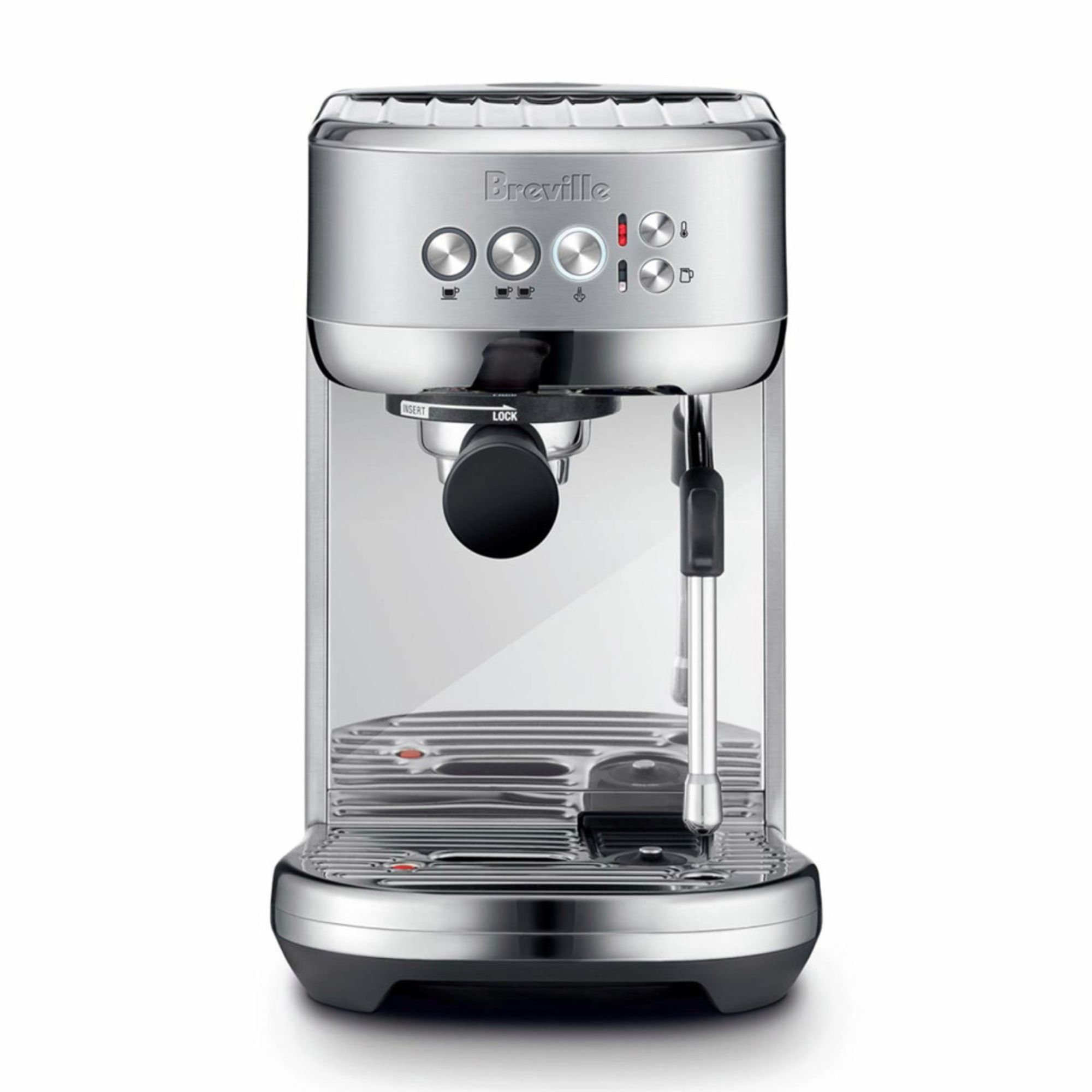
With the build-quality of machines two to three times the price, this compact espresso machine is perfect for experts who live in small spaces. Again, you'll need to buy a grinder separately. We've got a buying guide of coffee grinder recommendations.
The best for both
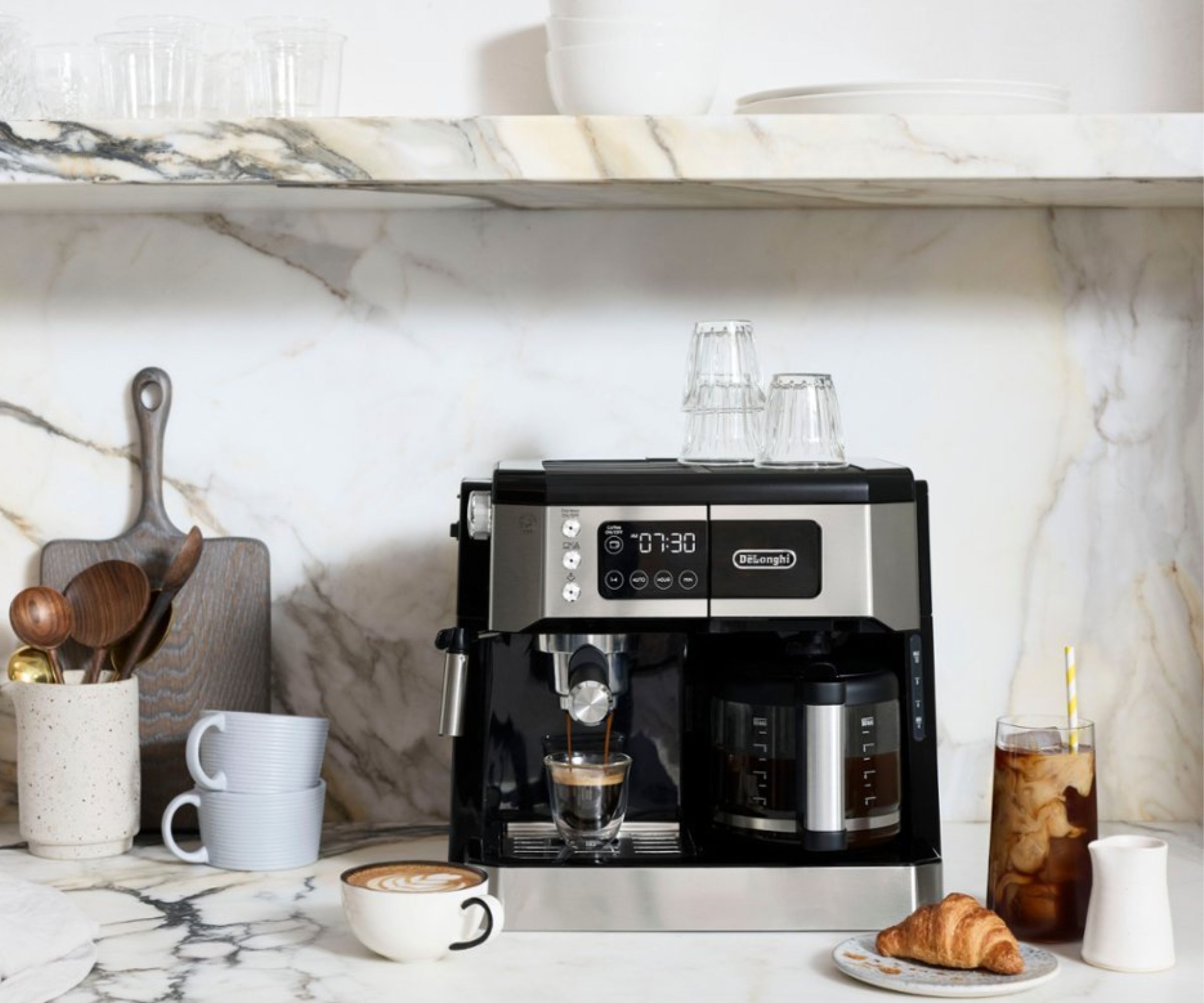
There's a lot to love about both espresso machines and drip coffee makers. If you can't choose between the two, the De'Longhi All In One can brew both for you. Our experts tested and reviewed this over two years ago and we still love it now. It delivers quick and delicious espresso shots, but can also brew a ten cup carafe of filter coffee, which is more than enough for the whole family. If you're partial to a coffee capsule too, this is compatible to a range of pods.
Here's a little bit about what we found from testing it. If you want the full details, you can read our De'Longhi All In One review.
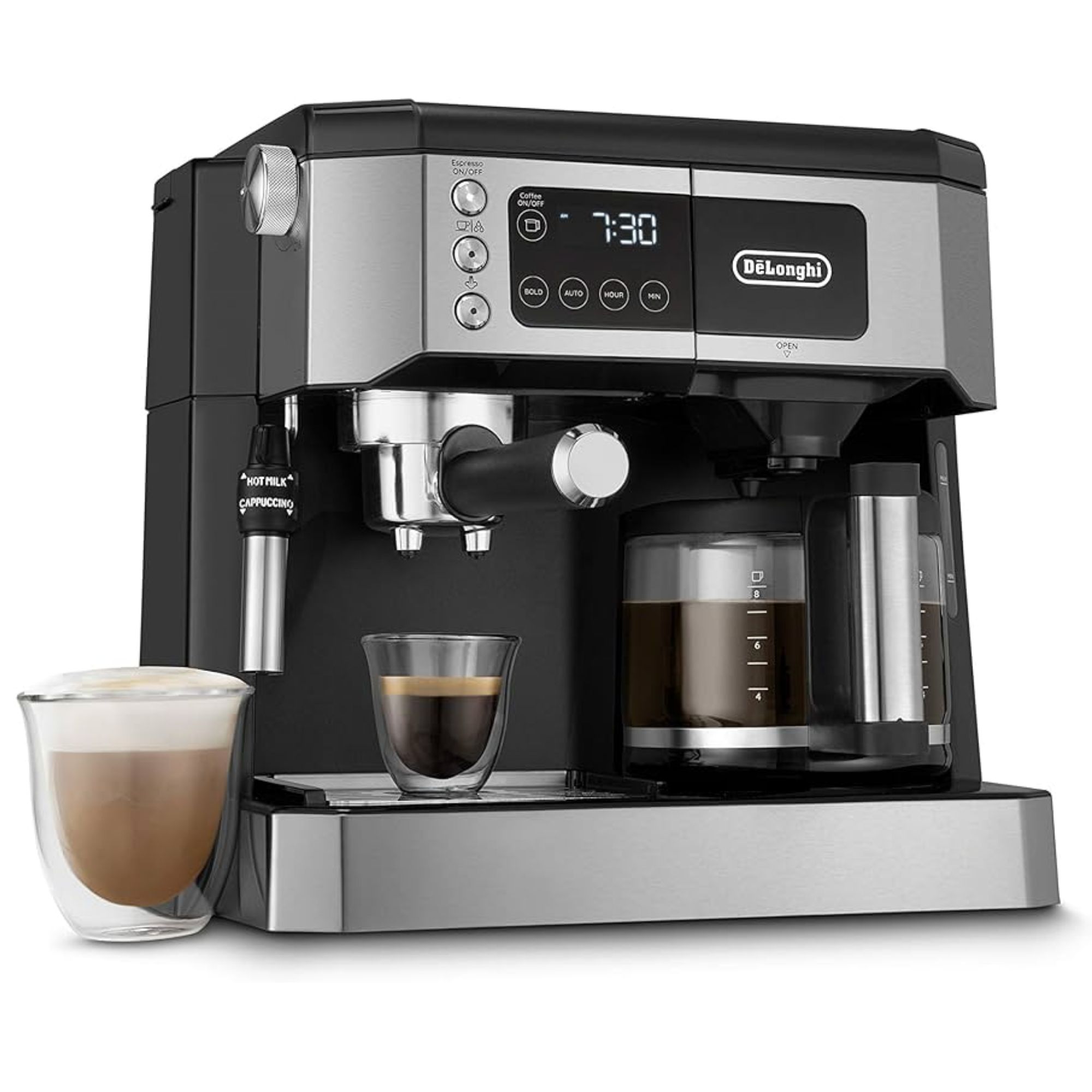
Specifications
Reasons to buy
Reasons to avoid
Some mornings you need an espresso shot to put a spring in your step, other times you'd rather slowly sip on some filter coffee. This machine lets you mix up the way you drink your coffee, without spending a fortune or investing in multiple appliances.
When our experts tested this, they were seriously impressed. The All In One is fitted with all the features you'd find in one of the best drip coffee makers on the market: pre-sets and programmable timers; a gentle warming plate; pause and pour setting; and auto shut-off. The only way things can go wrong is if you don't have a good coffee grinder (I would recommend the KitchenAid grinder, which you can buy at Walmart) or bad beans.
When we turned to testing the espresso functions of this machine, our experts were equally impressed. The controls are cruder than Breville's the Barista Pro, for example, but they were nonetheless good. You can make a single shot, a double shot, and expertly texture milk under De'Longhi's careful guidance. There's very little else that you could ask for.
If that wasn't enough, the portafilter can double-up as your single-serve coffee maker. If there's a capsule flavor which you're obsessed with, you can still enjoy it.
Of course, this isn't infallible. Aside from the slightly simple espresso machine controls, this is a noisy brewer too. You can get rid of your alarm clock, because this has the potential to wake the whole house. It also doesn't come with a grinder, as I mentioned earlier. If you want the very best coffee, you'll need to invest in one. Fresh bean flavors are like no other.
There's more information in our De’Longhi All-in-One Combination Coffee Maker and Espresso Machine review.
Final thoughts
Choosing between espresso and drip coffee is like choosing between red and white wine. They're completely different drinks, suited to different palettes and occasions. I like to enjoy an espresso in the morning and then sip on filter coffee throughout the day.
You might want to consider that drip coffee makers are more simple and significantly cheaper than espresso machines. However, they're also slower to brew. Only you know what you need from your coffee machine.
Sign up to the Homes & Gardens newsletter
Design expertise in your inbox – from inspiring decorating ideas and beautiful celebrity homes to practical gardening advice and shopping round-ups.

Laura is our eCommerce editor. As a fully qualified barista, she's our expert in all things coffee and has tested over thirty of the best coffee makers on the market. She has also interviewed Q-Graders and world-leading experts in the coffee industry, so has an intimate knowledge of all things coffee. Before joining Homes & Gardens, she studied English at Oxford University. Whilst studying, she trained as a master perfumer and worked in the luxury fragrance industry for five years. Her collection of home fragrance is extensive and she's met and interviewed five of the world's finest perfumers (also known as 'noses'). As a result of this expansive fragrance knowledge, she always puts quality and style over quantity and fads. Laura looks for products which have been designed simply and with thoughtful finishes.
-
 I've spent over 200 hours testing vacuums and swear by my two Dysons – this is how I properly clean a Dyson vacuum filter for longer-lasting appliances
I've spent over 200 hours testing vacuums and swear by my two Dysons – this is how I properly clean a Dyson vacuum filter for longer-lasting appliancesYour Dyson vacuum will last much longer and clean at its best
By Dan Fauzi Published
-
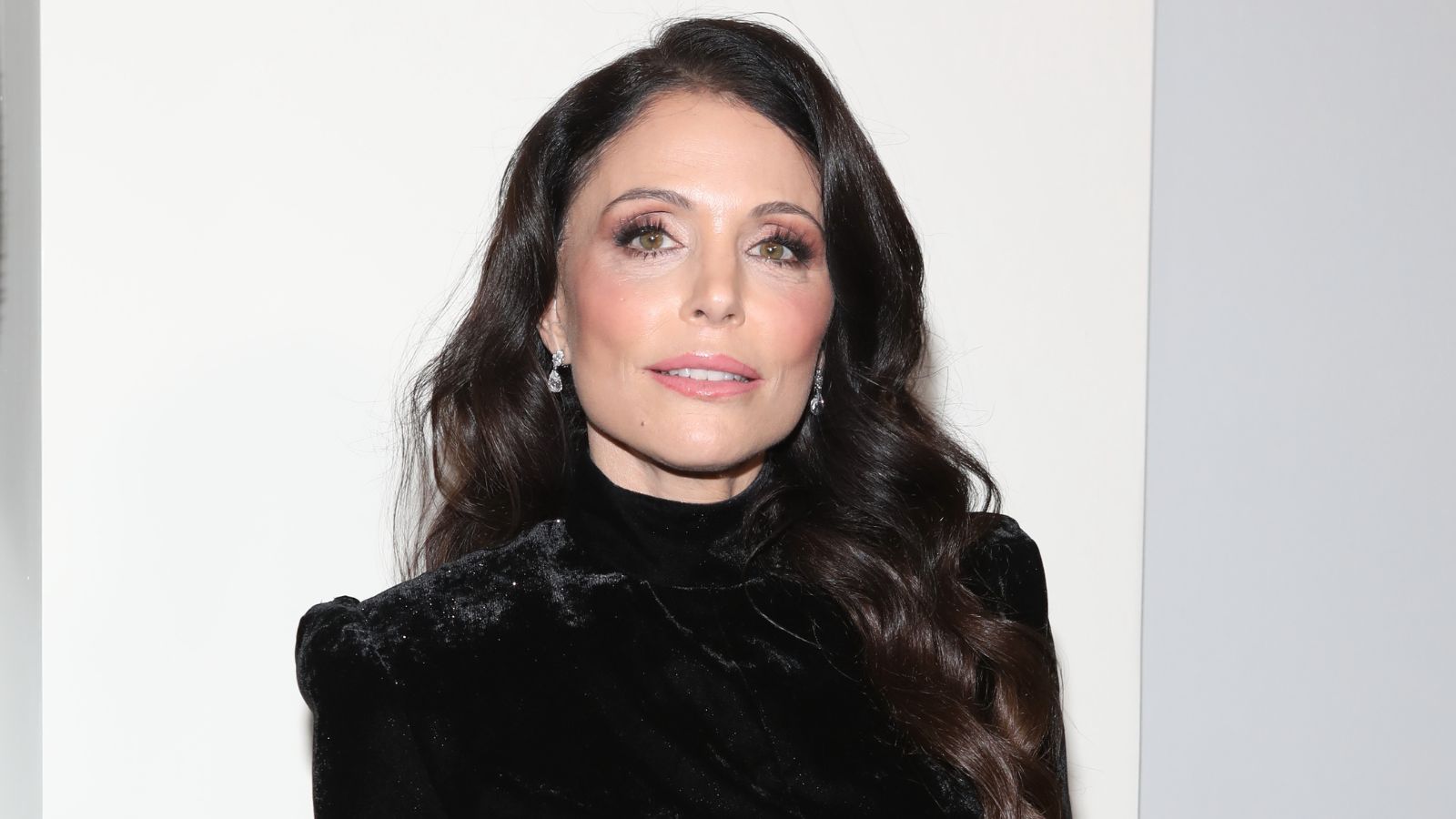 Bethenny Frankel calls this $695 machine the 'Rolls-Royce Cullinan of coffee' – it's a must-have luxury buy for iced-coffee lovers this springtime
Bethenny Frankel calls this $695 machine the 'Rolls-Royce Cullinan of coffee' – it's a must-have luxury buy for iced-coffee lovers this springtimeThe Real Housewife swears by a luxurious machine that makes nitro cold brew, cold brew, and cold espresso at the touch of a button – here's why it's worth it
By Sophie Edwards Published
